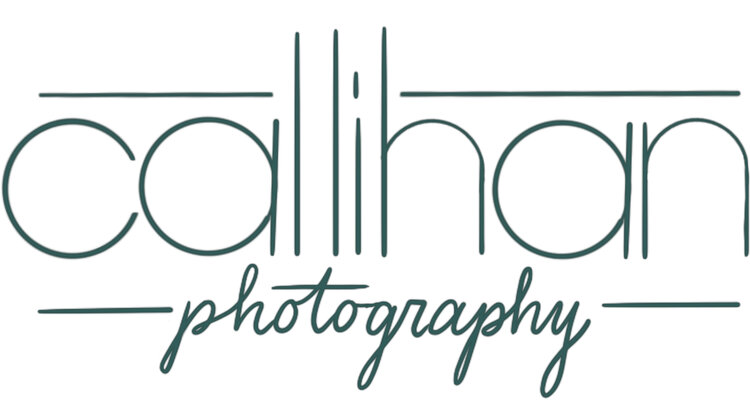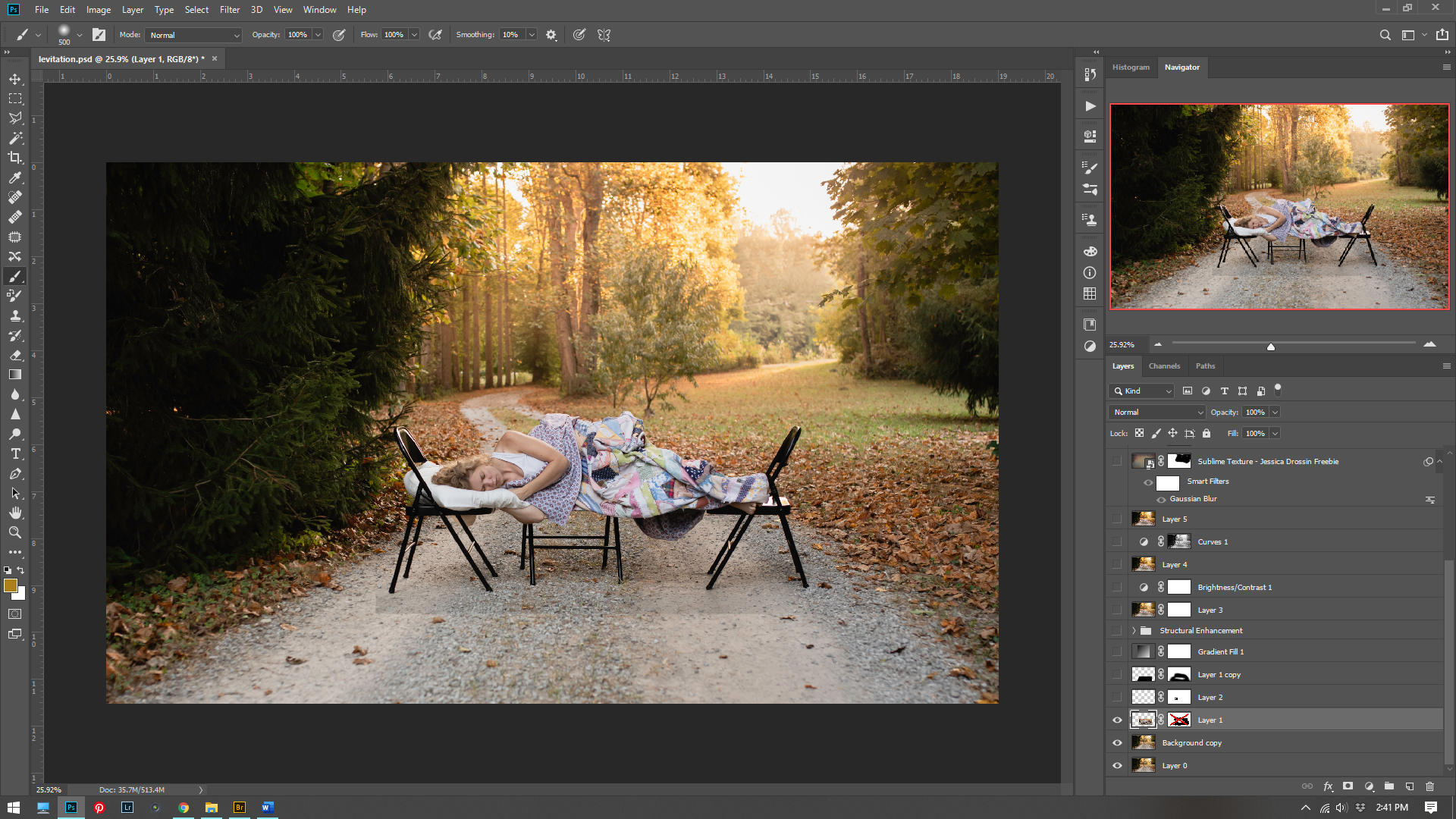Wow. Let’s just say if you go on the internet at all you will be bombarded by people improperly giving critique. Critiquing can be so helpful and really aid you in growing as a creator. It is absolutely necessary to put your work in front of those you trust to gain a new perspective on your work. I know this might be a sensitive topic for some so please allow me to gently offer some thoughts and rules to giving someone a critique.
1. Don’t give one unless the creator asks for one.
I feel like this is so obvious, but some people feel entitled to give their opinion without anyone actually asking for it. If you are guilty of this it is completely understandable. Once you’ve learned a new skill yourself, you want so desperately to pass it on to others. So perhaps your critique comes from a good place. However, you have the power as a critic to destroy that joy someone gets from creating. Consider that with the weight it deserves. Think of when you were just starting out, and how you were just trying to discover how things worked. Think of the fun you had from just the creative process! Now think of a time when you shared your creation, and someone ripped it apart. How did you feel? Were you completely defeated? Was that critique offered taken in a constructive and helpful way or did you just want to give up. It is so easy to dehumanize someone, especially on the internet. Remember that your words have power!
2. The Feedback Sandwich
Look and think about what you want to say and check the tone in which you deliver this feedback. Point out the positive things that you think were executed well. If you can’t come up with anything positive, it’s best to just keep your mouth shut. If you don’t have anything nice to say then don’t say anything at all. Most of the time you will be able to come up with something positive to say to encourage the creator. Remember, you want to build them up, not tear them down. Once you’ve offered some things you think they’ve executed well, then offer specific things they could have improved upon. Making it specific will give the creator something tangible to work on. Improvement is actually possible at this point and you as the critic aren’t just being hateful. Next, add something positive again and encourage them to keep working to be even better at their craft. This will help your feedback to be well received and valued.
3. Check Your Motives
This is really a summary of the other two points. It goes back to- are you being asked for a critique and is it your goal to help the other person or not? It’s easy to be prideful when giving a critique. It’s easy to elevate yourself over this other person who is asking you for your opinion. It’s easy to tear someone else down to make yourself feel better. Giving a critique should be helpful and not harmful. If it is not your intent to be helpful, then it is best to refrain from offering your opinion.
A Note About Receiving A Critique:
Now when you receive a critique it is easy to be hurt. This is especially true if your expectations are not met. We as creators put our heart and soul into our art. Before you react to your critique give it some time. Just sit with it for a while. Ask yourself why you are hurt? Was it personal? Are you so emotionally attached to what you created that you cannot stand back from it and receive a critique? If you cannot be objective, then you need to step away from it for a while. Breaks are OK! The first few times you receive a critique are hard, but you do get used to it over time. And both giving and receiving critique will help you hone your craft! So, get out there and find a group you trust. Before you know it, you will be improving by leaps and bounds.
I hope you find this helpful! I think there are some solid principles in here that you can apply to whatever your hobby (or your friend’s hobbies) might be. Thanks for reading!
















